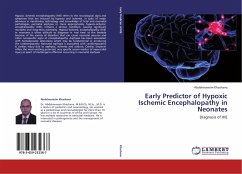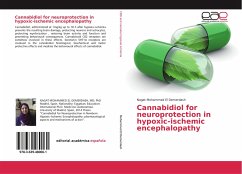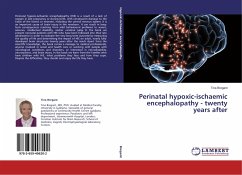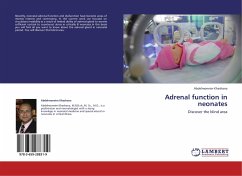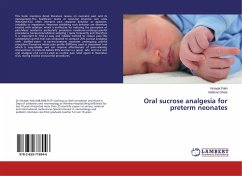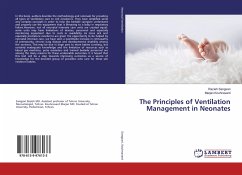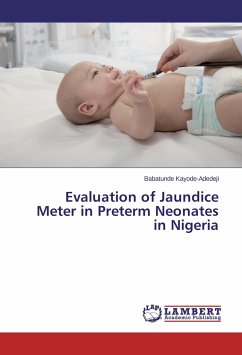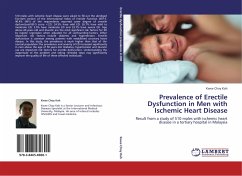Hypoxic ischemic encephalopathy (HIE) refers to the neurological signs and symptoms that are induced by hypoxia and ischemia. In spite of major advances in monitoring technology and knowledge of fetal and neonatal pathologies, perinatal asphyxia or, more appropriately, hypoxic-ischemic encephalopathy (HIE), remains a serious condition, causing significant mortality and long-term morbidity. Hypoxic-ischemic encephalopathy (HIE) in neonates is often difficult to diagnose in 'real time' at the bedside because of the variety of disorders that can cause neonatal seizures and other nonspecific signs of encephalopathy. Asphyxia has been associated with hemodynamic alterations which may be fundamental in producing the cardiomyopathy. Neonatal asphyxia is associated with cardiomyopathy & cardiac injury due to asphyxia, ischemia and acidosis. Cardiac troponin offers the most exciting potential, very specific serum marker of myocardial injury as apart of multiorgans affection occurring in neonatal asphyxia
Bitte wählen Sie Ihr Anliegen aus.
Rechnungen
Retourenschein anfordern
Bestellstatus
Storno

